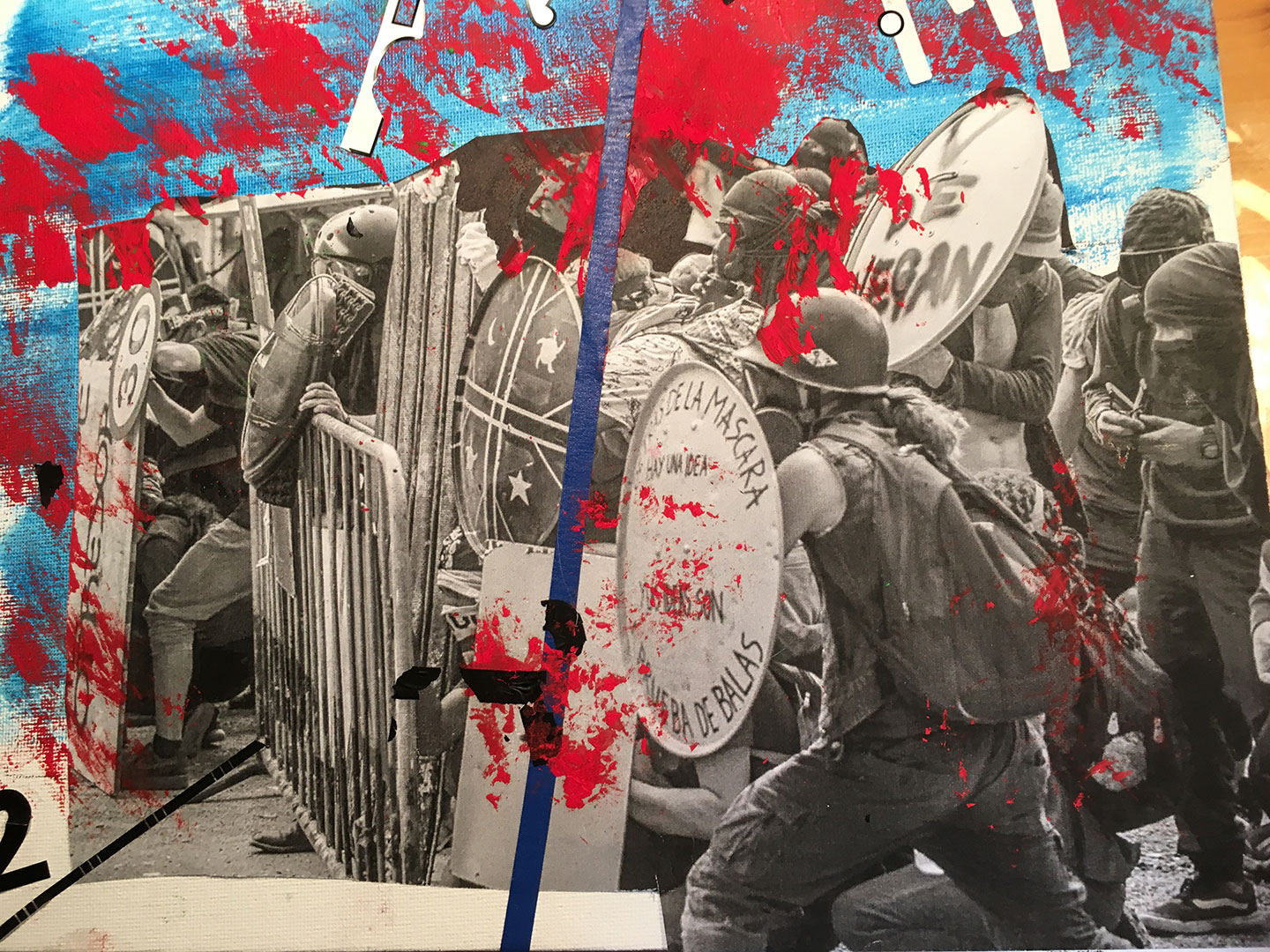Roger Cohen, “The Masked Versus the Unmasked,” New York Times, May 15, 2020 →.
John Steinbeck, The Grapes of Wrath (Viking, 1939), 32–33.
Steinbeck, Grapes of Wrath, 34.
Steinbeck, Grapes of Wrath, 34.
Steinbeck, Grapes of Wrath, 35.
Wayne Allenswroth, “Old America is Dead: Three Scenarios for the Way Forward,” Zero Hedge, June 29, 2020.
Allenswroth, “Old America is Dead.”
Allenswroth, “Old America is Dead.”
Phillip Roth, American Pastoral (Houghton Mifflin, 1997), 276.
Roth, American Pastoral, 256.
Jonathan Franzen, The Corrections (Picador, 2002), 3.
Franzen, The Corrections, 6–7.
Franzen, The Corrections, 303.
Franzen, The Corrections, 159.
Salman Rushdie, Quichotte (Random House, 2020), 151.
Mary L. Trump, Too Much and Never Enough: How My Family Created the World’s Most Dangerous Man (Simon & Schuster, 2020), 43.
Mary L. Trump, Too Much and Never Enough, 46.
All images by Istubalz.
